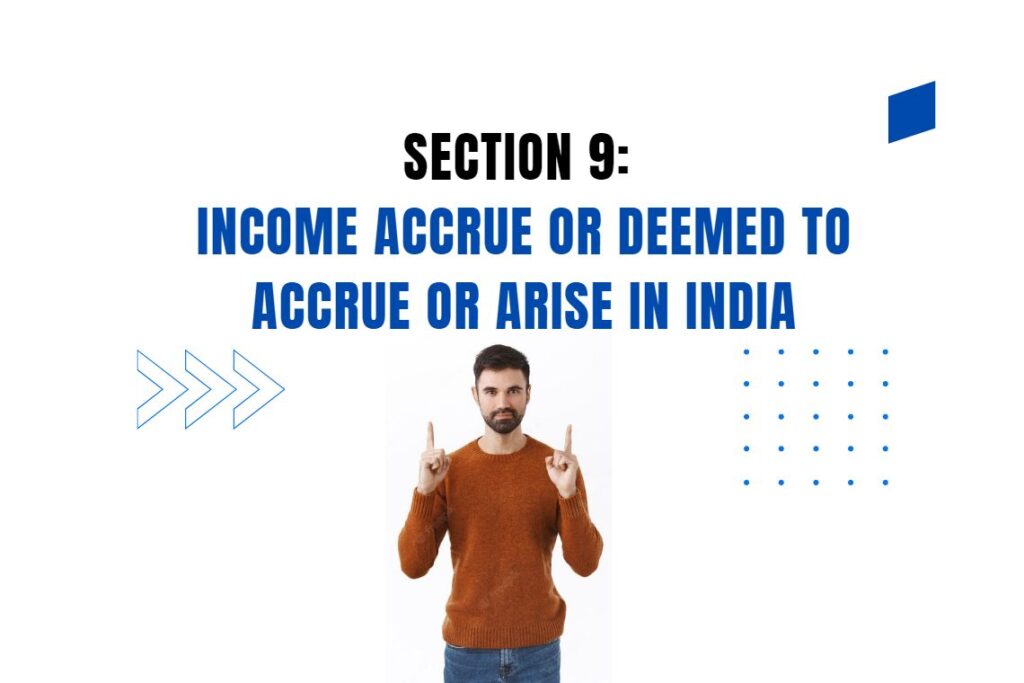Section 10(12B) of the Income Tax Act, 1961 provides tax exemption to partial withdrawals from the National Pension System (NPS) by an employee. This exemption is available for withdrawals made up to 25% of the employee’s own contribution to the NPS, subject to the terms and conditions specified by the Pension Fund Regulatory and Development Authority (PFRDA) under the Pension Fund Regulatory and Development Authority Act, 2013 and regulations made thereunder.
The exemption under Section 10(12B) is available for the following amounts received on partial withdrawal from an NPS account:
- Up to 25% of the total contributions made by the subscriber, including the government’s contribution.
- The entire amount withdrawn for specified purposes, such as for the education of the subscriber’s child or for the purchase of a house.
The exemption under Section 10(12B) is a valuable benefit for NPS subscribers and their nominees. It helps to reduce their tax burden and provides them with a financial cushion in times of need.
To be eligible for the exemption under Section 10(12B), the employee must have been a subscriber to the NPS for at least 3 years. The withdrawal must also be made for one of the following specified purposes:
- Higher education of children
- Marriage of children
- Purchase or construction of residential house or flat
- Treatment of specified illnesses
- Disability of more than 75%
- Skill development/re-skilling or any other self-development activities
- Establishment of own venture or any start-ups
The employee can make up to 3 partial withdrawals from the NPS during the entire tenure of their account.
Examples of Exemption U/s 10(12B)
Here is an example of how the tax exemption under Section 10(12B) works:
Suppose an employee has a corpus of ₹10 lakh in his/her NPS account after 3 years of account opening. He/She decides to make a partial withdrawal of ₹2 lakh.
The employee is eligible for a tax exemption on the partial withdrawal of ₹2 lakh, as it is within the limit of 25% of the self-contribution. However, he/she will need to invest at least 20% of the total corpus, i.e., ₹2 lakh, in an annuity plan.
The employee can invest the remaining ₹80,000 in any other investment product of his/her choice.
Key Points to be Note:
The following are the key points to note about the tax exemption under Section 10(12B):
- The exemption is available only to employees and not to voluntary subscribers.
- The exemption is available on partial withdrawals up to 25% of the self-contribution, excluding the employer’s contribution.
- The exemption is available on partial withdrawals made after 3 years of account opening.
- At least 20% of the total corpus should be invested in an annuity plan at the time of withdrawal.



![Residential Status [Sections 5 to 9B]](https://incometaxmanagement.in/wp-content/uploads/2023/09/Residential-Status-Sections-5-to-9B-1024x683.jpg)

![EXEMPTED INCOMES [Section – 10, 10AA, 11 to 13A]](https://incometaxmanagement.in/wp-content/uploads/2023/09/Exempted-Incomes-Section-10-1024x683.jpg)

![Income of an Electoral Trust shall be Exempt [Section 13B]](https://incometaxmanagement.in/wp-content/uploads/2023/10/61-Exempted-Incomes-Section-13B-1024x683.png)
![Incomes of Political Parties [Section-13A]](https://incometaxmanagement.in/wp-content/uploads/2023/10/60-Exempted-Incomes-Section-13A-1024x683.png)
![Special Provisions in respect of Newly-established Units in Special Economic Zones (SEZ) [Section-10AA]](https://incometaxmanagement.in/wp-content/uploads/2023/10/59-Exempted-Incomes-Section-10AA-1024x683.png)
![Exemption in respect of income chargeable to Equalization Levy [Section 10(50)]](https://incometaxmanagement.in/wp-content/uploads/2023/10/58-Exempted-Incomes-Section-1050-1024x683.png)
![Income of a Developmental Financing Institution (DFI) to be Exempt [Section 10(48E)]](https://incometaxmanagement.in/wp-content/uploads/2023/10/57-Exempted-Incomes-Section-1048E-1024x683.png)